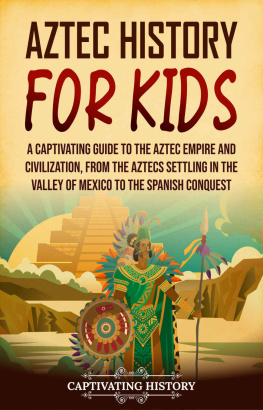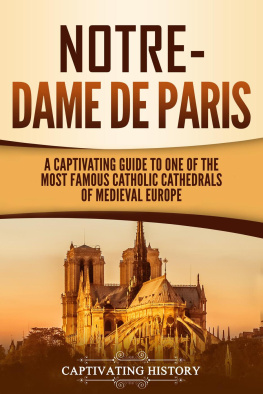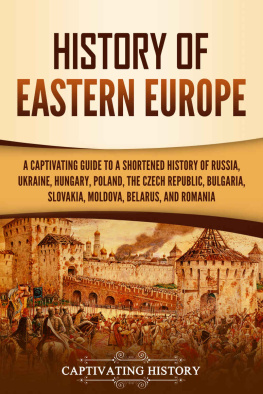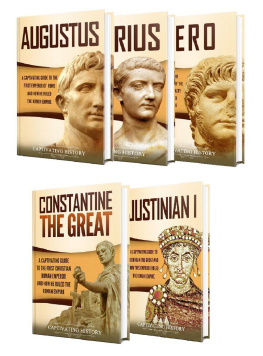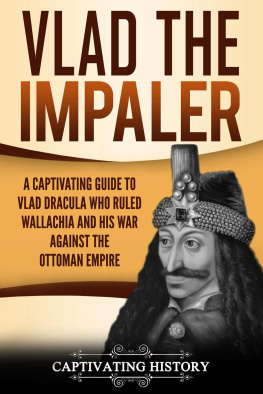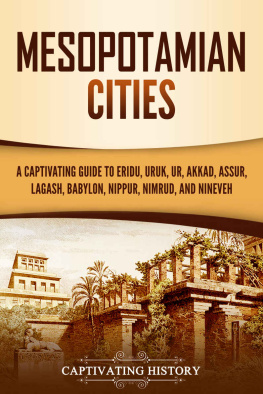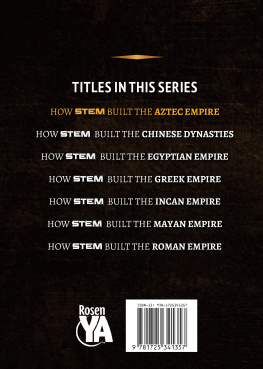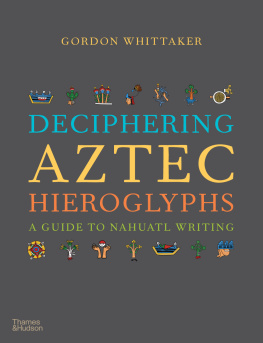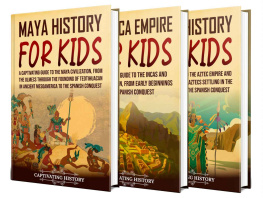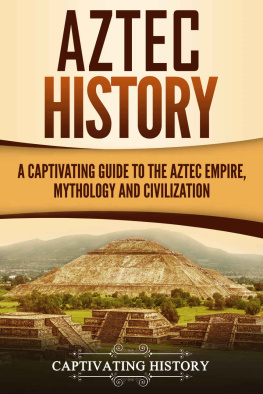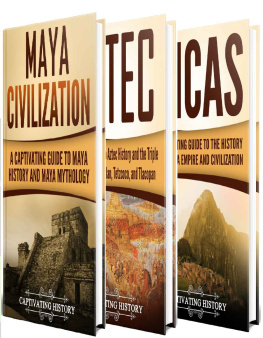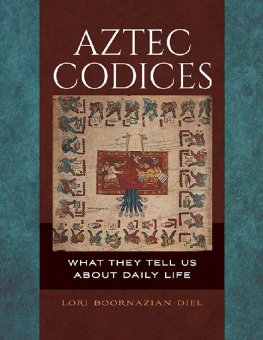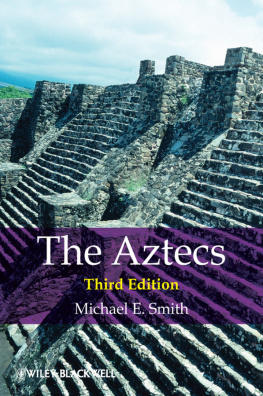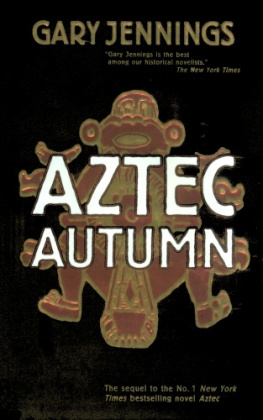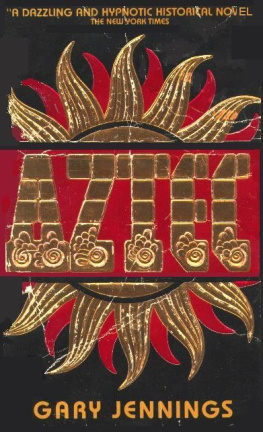In this book, we will travel back in time to the period between the 14 th and 16 th centuries when the Aztec Empire spanned 80,000 square miles throughout Central America.
Discover what daily life was like for these fearsome warriors, why they practiced the gruesome ritual of human sacrifice, and who managed to finally defeat them. You will also learn some surprising facts about Aztec culture, how they have shaped modern-day Mexico, and what aspects of Aztec life still remain today.
History will come alive with interesting images, fun facts, and activities! So, dive in!
Chapter 1: Meet the Aztecs
By the end of this book, you will be a certified expert on all things Aztec. But, first things first, we need to meet them and get an idea of who they were!
The Aztec people lived in modern-day Mexico between the 12 th and 16 th centuries. They started out as nomadic people, which means they moved from place to place. The Aztecs traveled around Central America before they eventually decided to settle in the Valley of Mexico. They began building an impressive empire around 1345 CE. This empire lasted almost 200 years until the Spanish conquest in 1531 CE.

Map of Aztec Empire
The Aztecs were fierce warriors who would often fight battles and practice human sacrifice to please their gods. But they were also great farmers, fishermen, and hunters.
The Aztecs were skilled builders and created pyramids, temples, houses, plazas, palaces, and stadiums. They used stone to build their structures, so many of these impressive buildings and monuments are still standing today. Some can still be visited by tourists! Aztec buildings are easily recognizable by their geometric designs and symmetry.
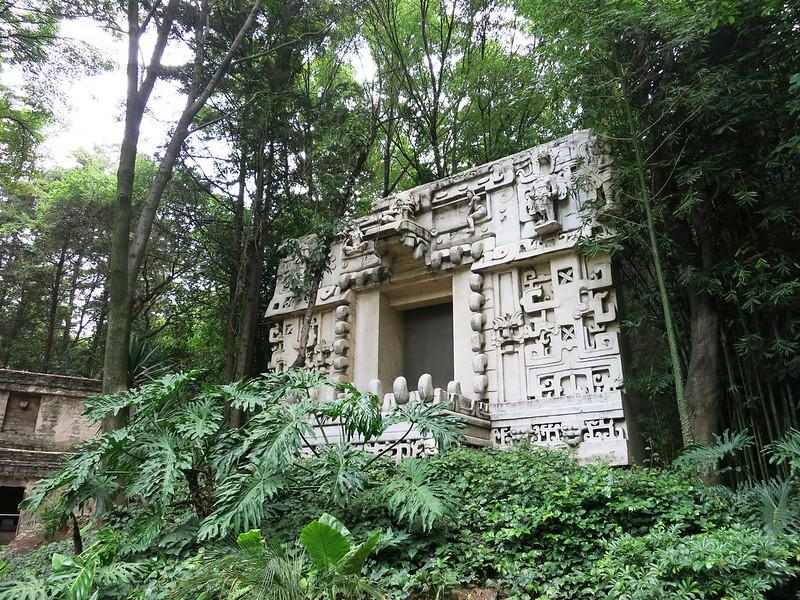
Aztec ruins
The Aztecs were skilled in the arts and even loved poetry. They also educated their children. School was compulsory for boys and girls. The Aztecs invented their own calendar and writing systems, and historians can learn a lot about them through these.
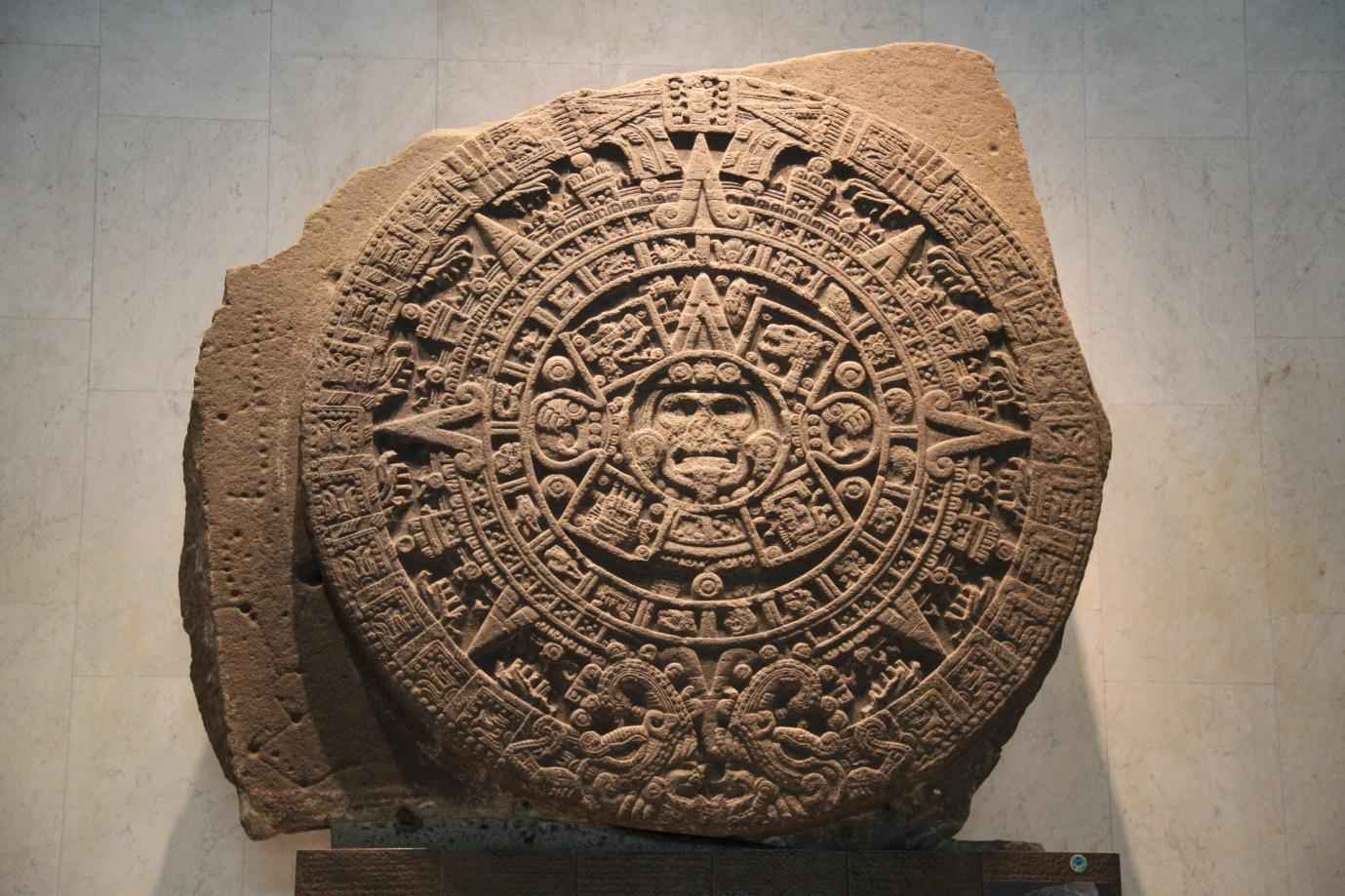
Aztec calendar
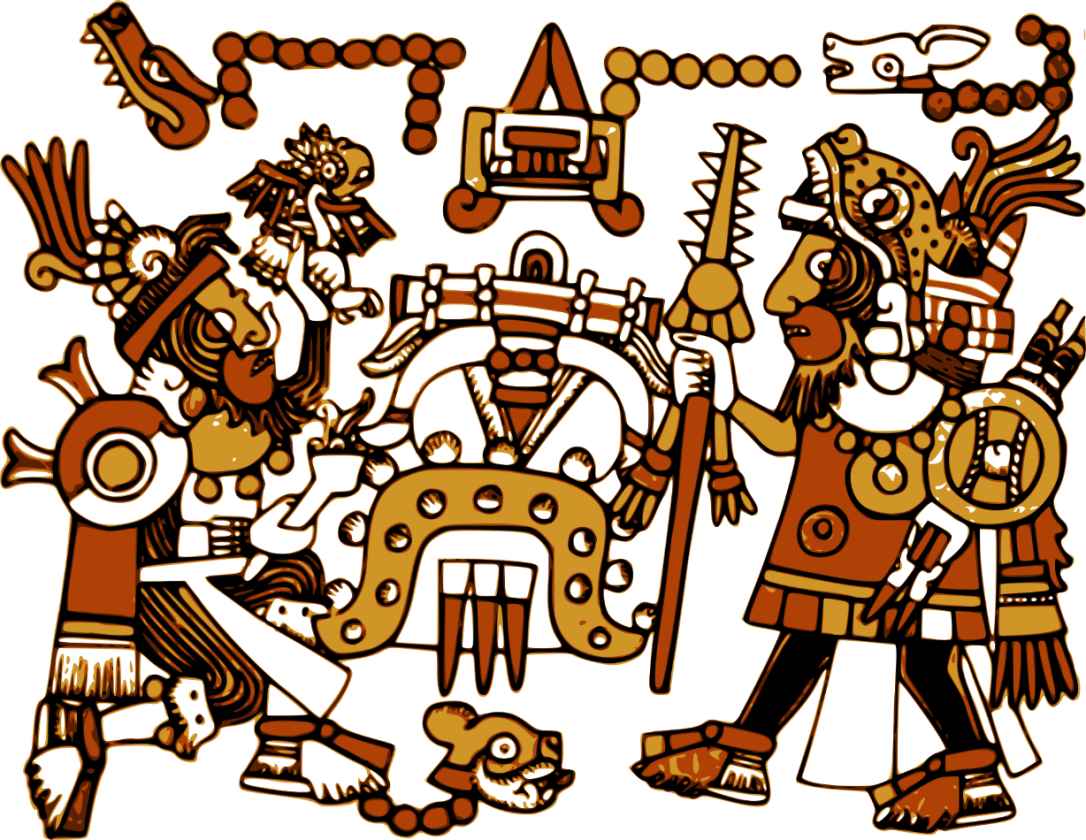
Aztec mural design
While we now know them as the Aztecs, they referred to themselves as the Mexica , which is where the modern name for people who come from Mexico ( Mexican ) comes from.
The Aztecs worshiped many gods and frequently held religious ceremonies in honor of them. During these ceremonies, the priests and nobles would wear elaborate costumes with jewelry, feathered headdresses, and special clothing. In Aztec society, what you wore was very important, as it demonstrated your social status. The Aztecs had many different social classes and even slaves!
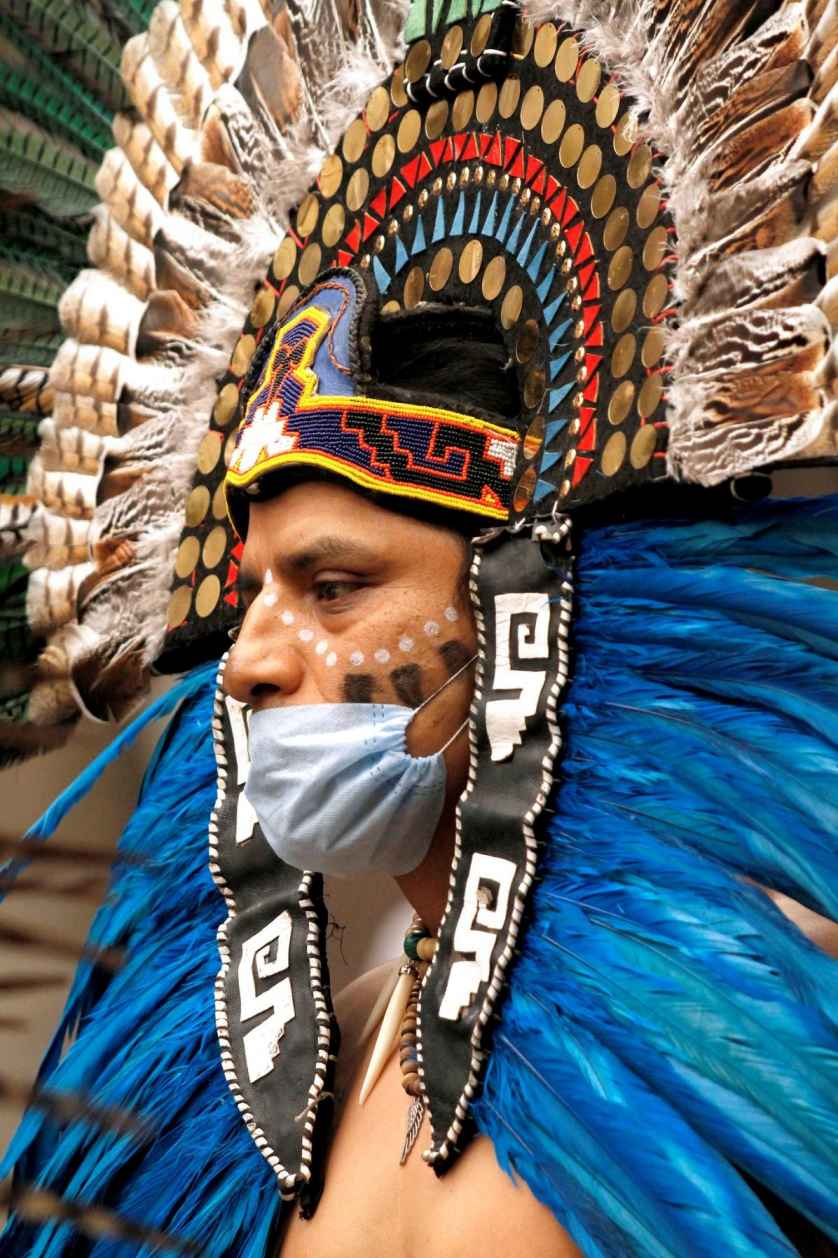
Aztec reenactment. Credit: Maritza Ros, Flikr
https://www.flickr.com/photos/culturacdmx/50151311338
Chapter 2: The Mexica in Mexico
The Aztecs were not always the formidable people we now think of them as. In the beginning, they were a poor tribe of hunter-gatherers living in a place called Aztln . While we dont know exactly where this was, historians believe Aztln was somewhere in northern Mexico. The decision to move farther south was made sometime around the year 1111. The Aztec leader said that one of their gods, Huitzilopochtli (weet-see-luh-poach-tlili should be said as lee), who was the god of war and the sun, had instructed him to travel south with his people until the gods gave them a sign to stop.
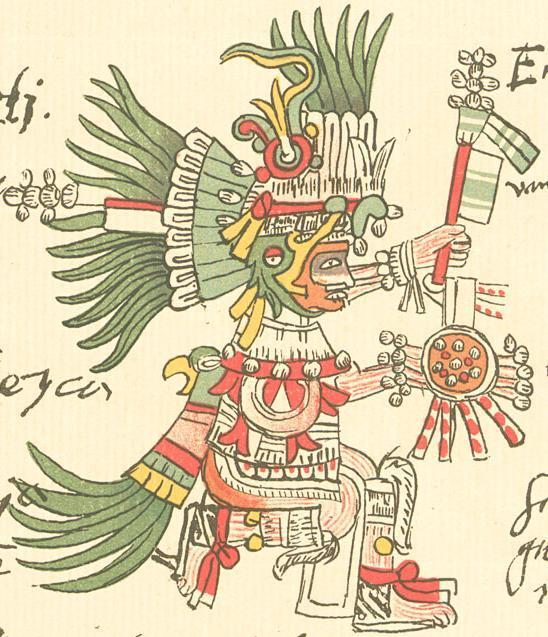
Drawing of Huitzilopochtli, the patron god of the Aztecs
Without modern-day transport, the journey through Mexico was a slow and difficult one. It took almost 200 years to get there! The period from when they left their home to when they finally settled is known as the Long Migration.
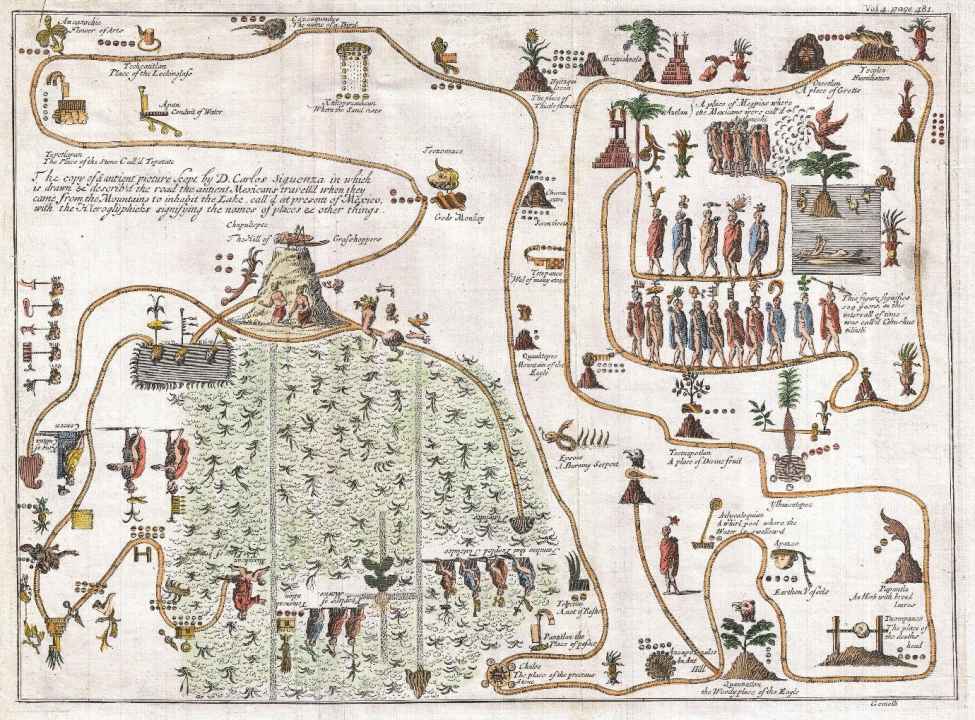
Gemelli Map of the Aztec Migration. Gemelli Careri, G. F., A Voyage Round the World. In Six Parts
According to legend, the Mexica people were joined on their migration by Malinalxochitl (mah-lee-nal-sho-cheet), who was the sister of Huitzilopochtli and the founder of Mexico. Unlike her brother, who ruled from the heavens, Malinalxochitl interacted with the people and lived on Earth. She was a powerful witch who could kill men with a single look. She was referred to as an eye-twister, calf-snatcher, and heart-biter. This was because, apparently, she could twist your sight to make you see things. She could eat a mans calf muscle without him feeling it, or she could eat your heart while you were still alive.
Malinalxochitl could control snakes, scorpions, spiders, and centipedes, and she would often use these against the Mexica people. Because of her immense power, people worshiped her as a goddess.
Eventually, the Mexica prayed to Huitzilopochtli for his help, as they could no longer tolerate Malinalxochitls cruel treatment. Huitzilopochtli answered their prayers and appeared to them in a dream. He told them to sneak out in the middle of the night and leave Malinalxochitl behind. After she had been abandoned, Malinalxochitl decided to settle in a place called Malinalco (mah-lee-nal-ko).
Fun Fact: To this day, the people from Malinalco still have the reputation of being sorcerers!

